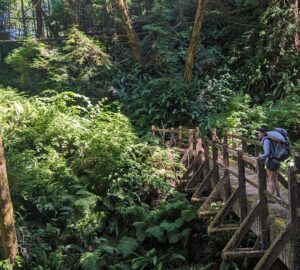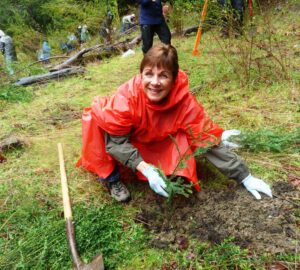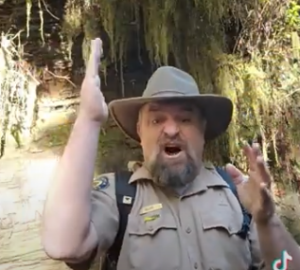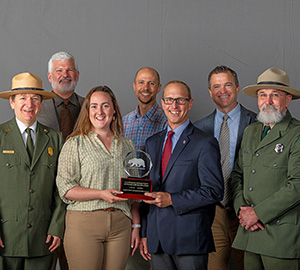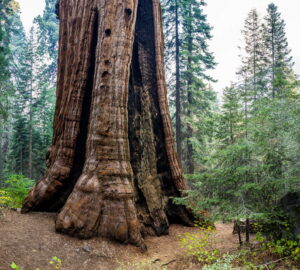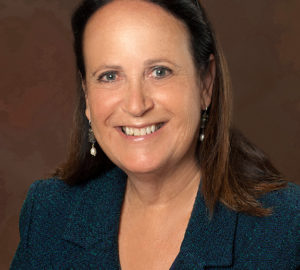
“We play a major role in forestry,” observes Felicia Marcus, the Board’s Chair. “We have to review and approve all timber harvest plans, and control sediment discharges from forested lands into waterways.”
Keeping so many balls in the air is daunting, a challenge to any agency director. But Marcus is uniquely qualified for her job. She served as the Administrator for the U.S. Environmental Protection Agency’s Region 9 and led the Department of Public Works for the City of Los Angeles. She was a Co-Founder and General Counsel for Heal the Bay, the Western Director for the Natural Resources Defense Council, and the Executive Vice President and Chief Operating Officer for the Trust for Public Land.
Throughout her career, Marcus has displayed a remarkable facility for collaboration, peace-making, and productive persuasion. She is known as someone who convenes diverse stakeholders over thorny issues and ultimately gets things done.
“One thing I’ve learned is that most people involved in resource and conservation issues want to do the right thing,” says Marcus. “They may have different ideas of what the right thing is, of course, but they’re sincere, and they’re open for civil and productive dialogue. Most people want to find solutions, not throw up roadblocks.”
Marcus spends considerable energy, thought, and time on forest issues these days.
“It’s clear that climate change is going to exert a huge impact on water availability in California,” Marcus says. “A few degrees of warming will significantly reduce snowpack and our net water supply.”
One way to compensate, however, is the preservation and restoration of wooded watersheds, including redwood forests.
“Well-managed forest lands can increase water yields by five to 15 percent,” says Marcus. “That’s a tremendous quantity of water. Forests absorb water, then meter it out slowly over time instead of sluicing it immediately downhill, as is the case with urban or deforested lands. Water that moves quickly down a watershed can be difficult to store and utilize because it often has to be released to avoid flooding.”
Forest restoration is thus a priority with Marcus and the State Water Resources Control Board. And programs that conjoin water equity and forestry conservation can only move forward, she says, with joint efforts between government agencies and the private sector.
“Most of the federal money for ambitious water-related environmental programs has dried up, and I don’t see it coming back,” Marcus says. “That’s why the efforts of groups like Save the Redwoods League have been both necessary and heroic. They help with funding, research, and implementation, and they’re nimble and focused on the bottom line. They can do things the government can’t do, and they’re indispensable partners.”
Learn more about the League’s forest restoration efforts.

